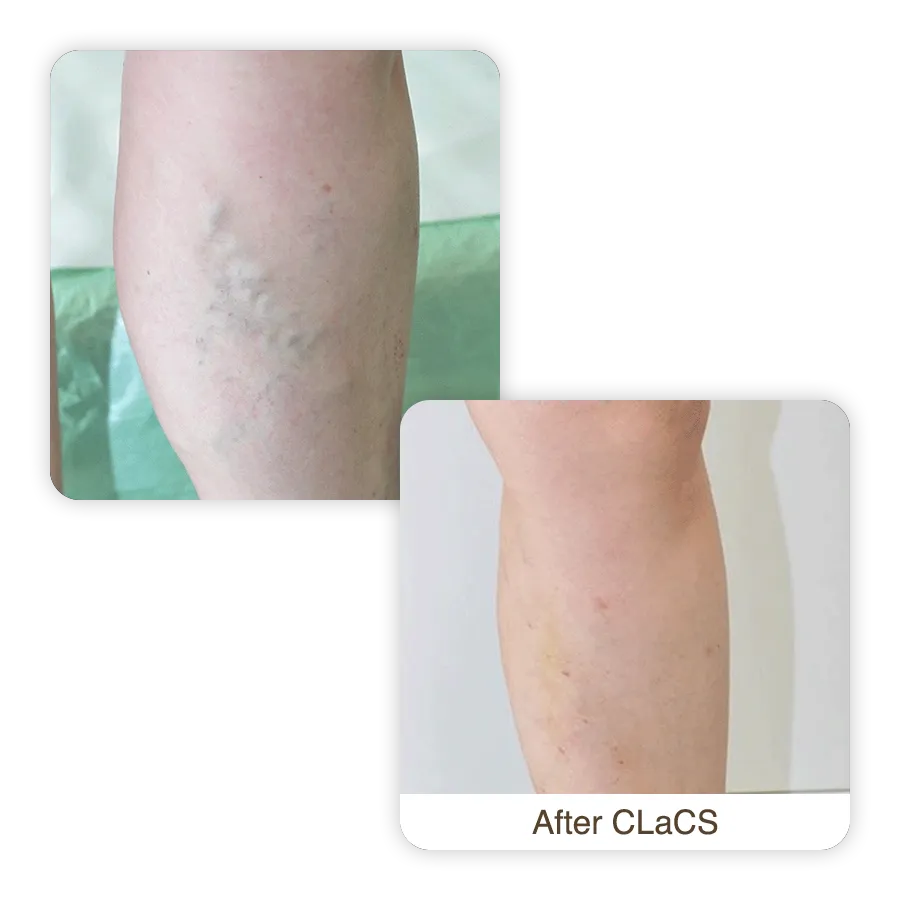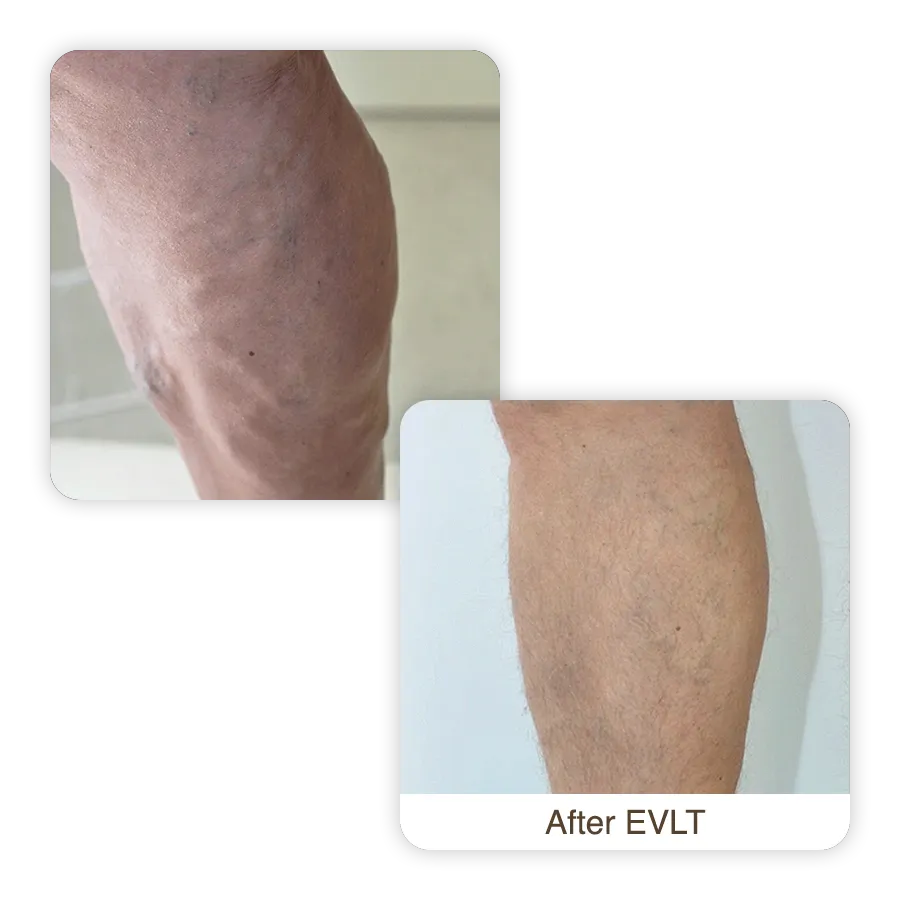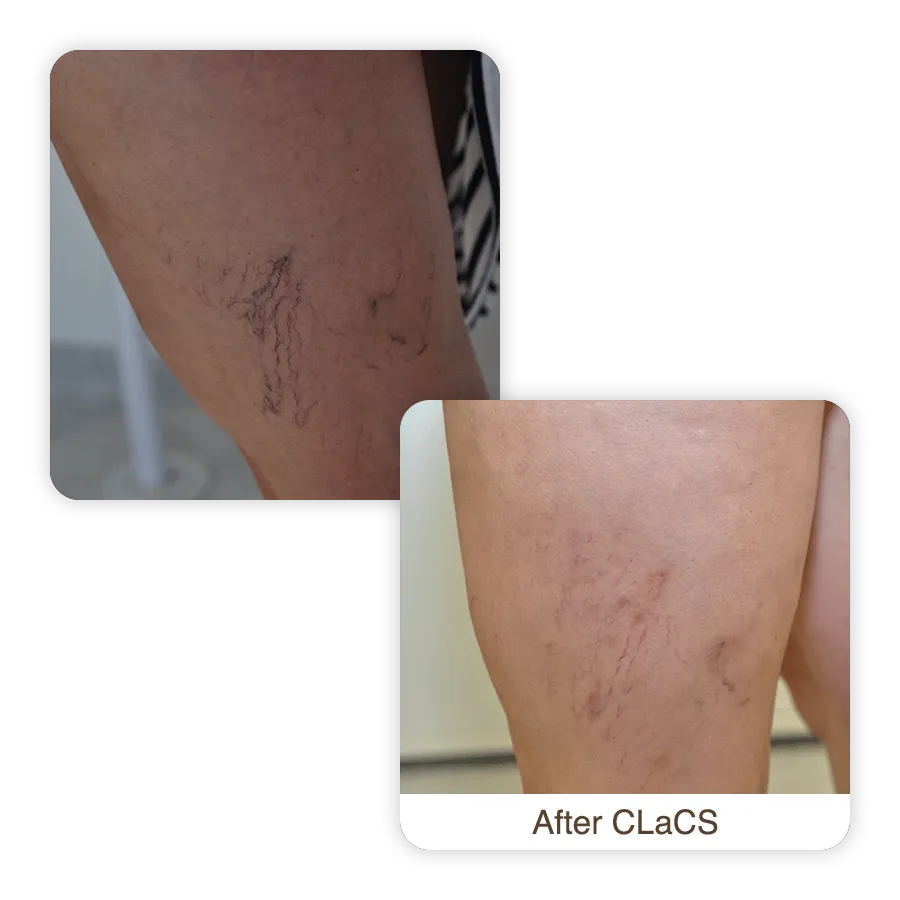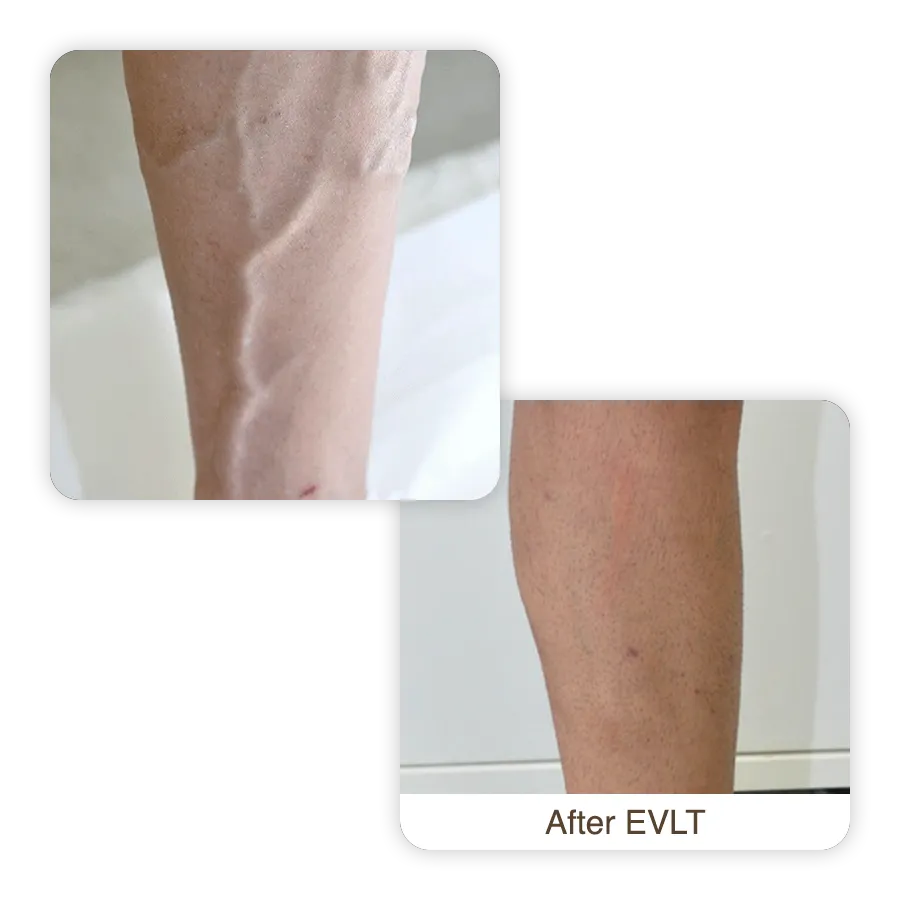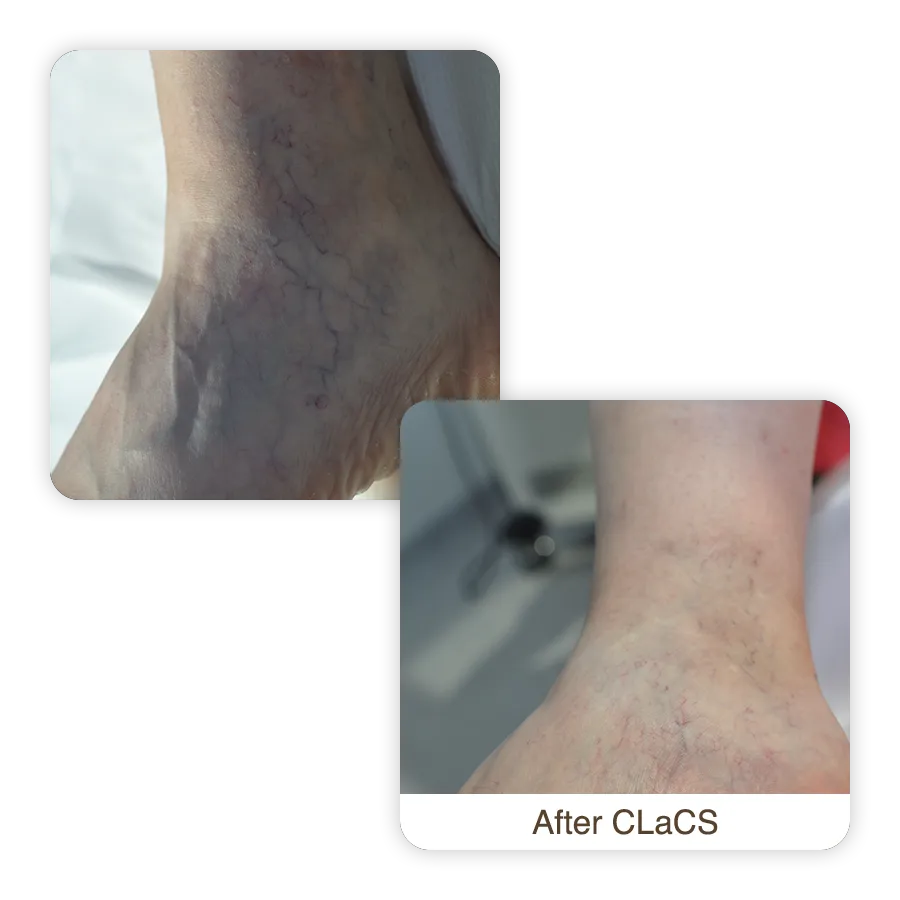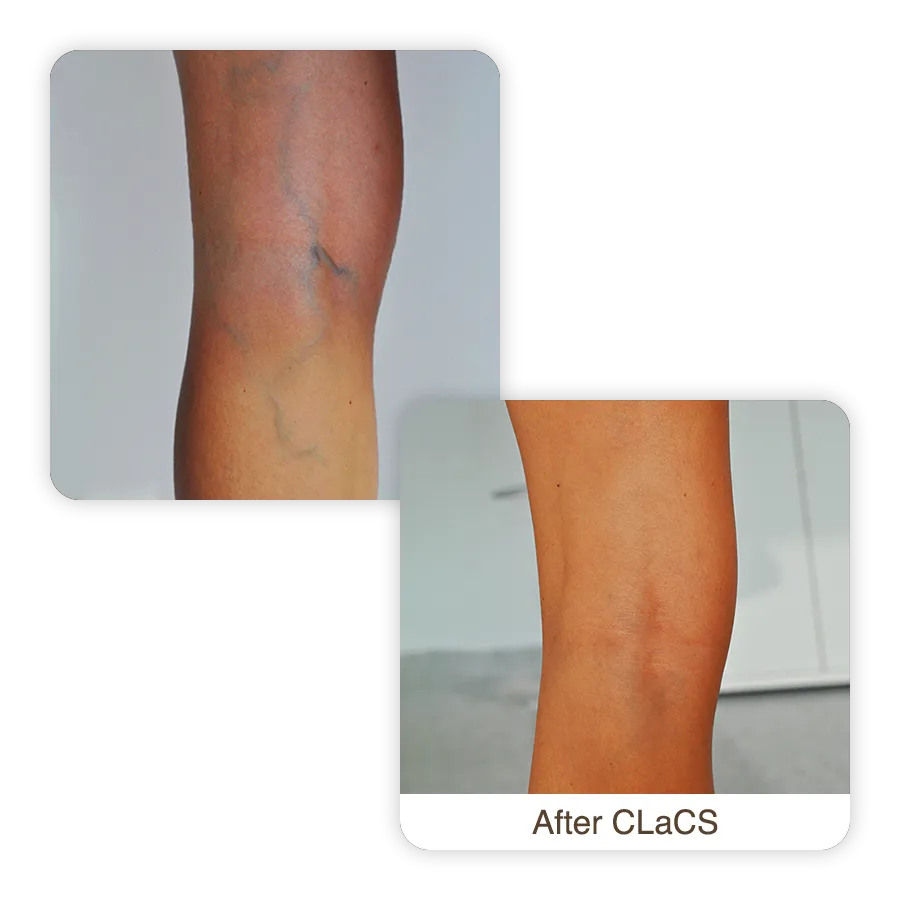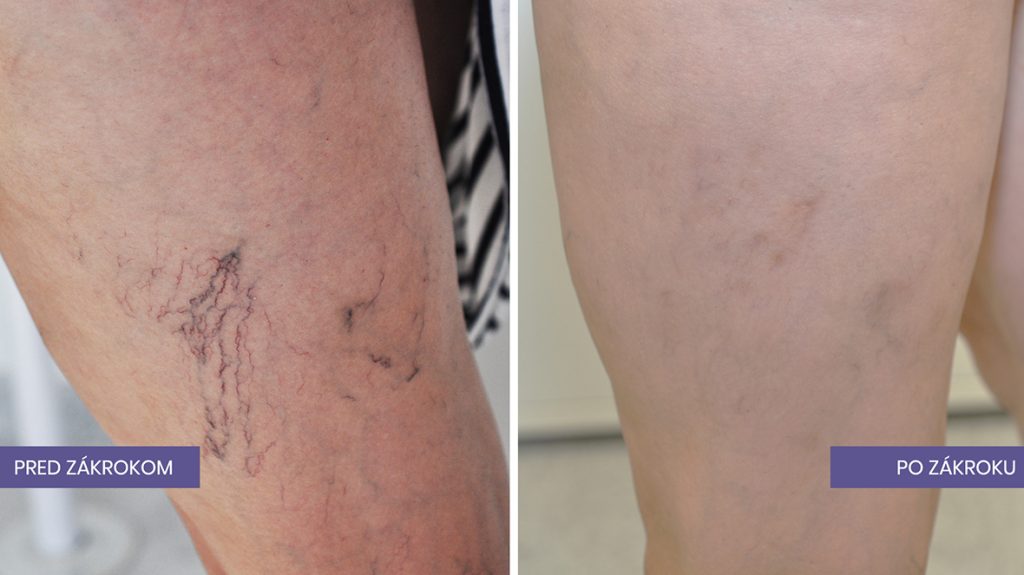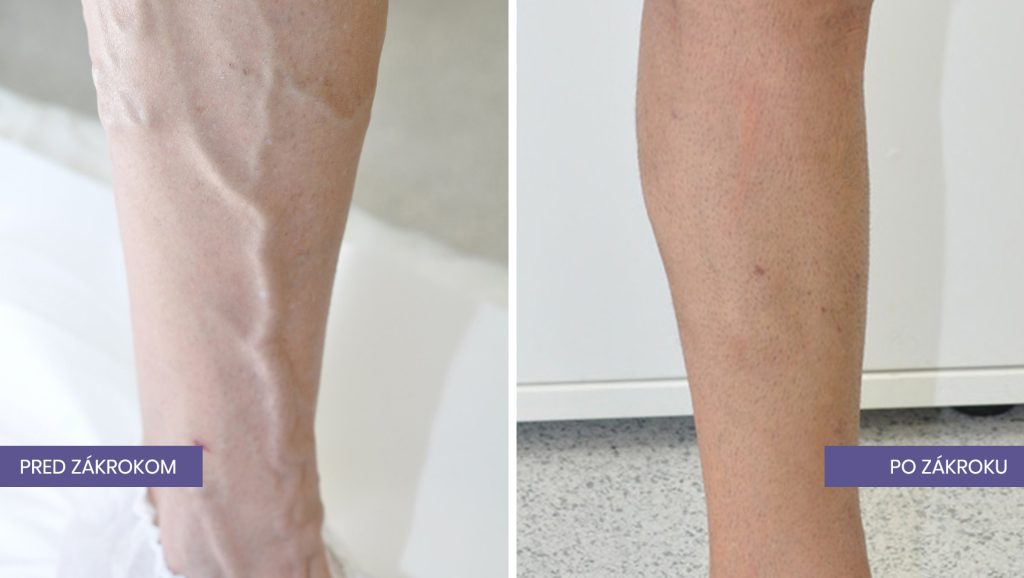Varicose veins - symptoms and their treatment
Solve your varicose vein problem
Leave us your contact details and our specialists will advise you free of charge by telephone and arrange an appointment for an examination if you are interested.
Povedali o nás
No Post Found

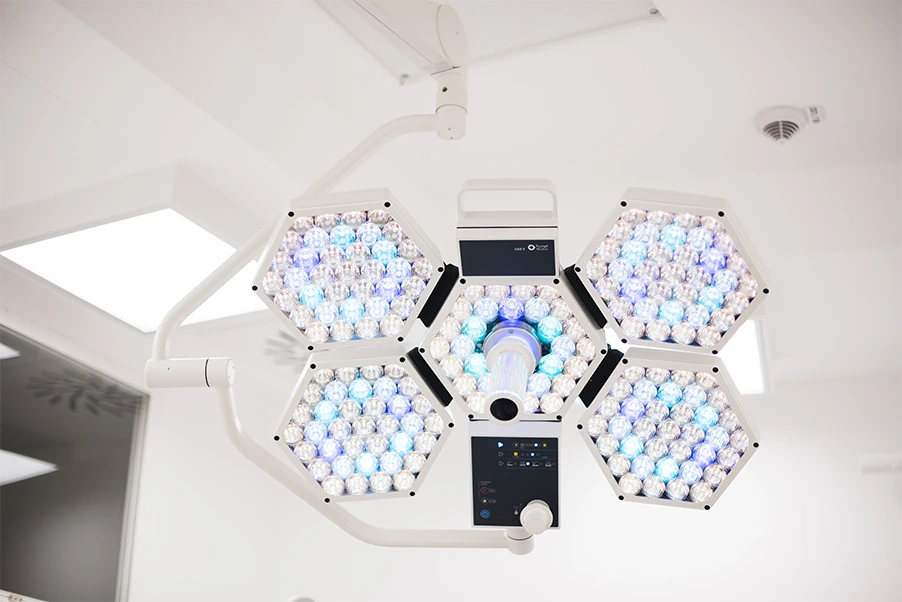

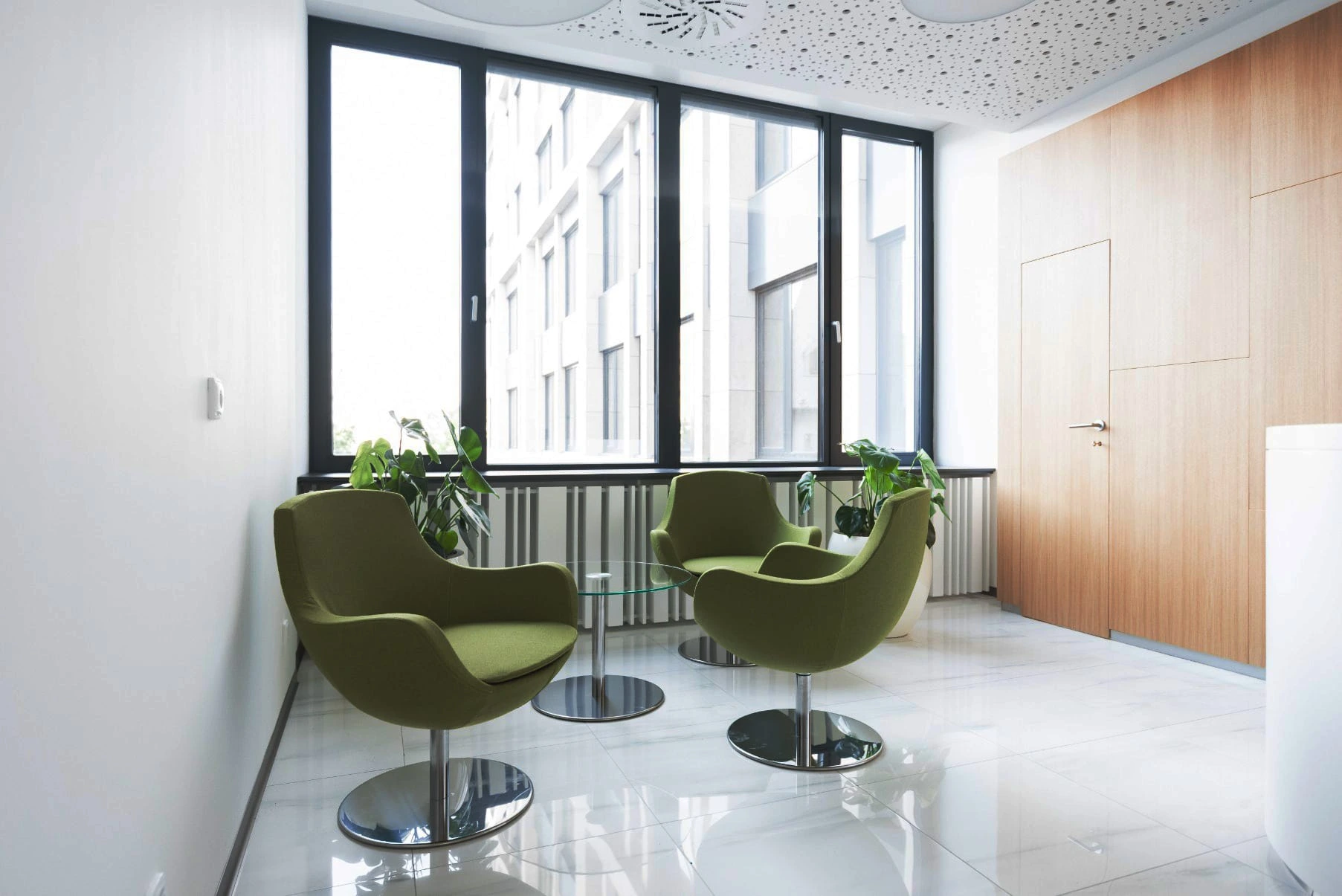
About us
Blumental Clinic
Blumental Clinic is a specialized clinic for the treatment of varicose veins and other venous diseases with a unique high-tech equipment, as the one and only in Slovakia. Using this world leading state of the art technology, our surgeons carry out a wide range of world-class surgical and cosmetic procedures for the treatment and removal of varicose veins.
Varicose veins of the lower limbs, professionally called varicose veins, are any dilated, elongated or coiled veins, regardless of their size. They are a manifestation of chronic venous insufficiency, which affects 10 to 40% of the world’s population. Varicose veins are one of the most widespread diseases of civilisation in developed countries. They are not just an aesthetic issue, but also a health problem that needs to be addressed.
Types of varicose veins
Depending on the stage of chronic venous disease, the symptoms and appearance of varicose veins also change. There are three basic types of varicose veins, namely, spider veins, which are manifested by purple spider veins, reticular varicose veins or trunk varicose veins. Well the stages of varicose veins are several. These are stages C0 to C6, in which the symptoms of the disease also change.
Stages of varicose veins
C0 – at stage C0, the patient may feel tired legs, his legs may swell, he may experience night cramps, but also itching, burning or pain when sitting or standing for long periods of time.
C1 – is the second stage. This stage already involves the formation of reticular varicose veins that are less than 1 millimeter in diameter. However, this also includes reticular varicose veins, which have a diameter of 1 to 3 millimeters.
C2 – the third stage is the C2 stage, in which the varicose veins are already inflamed. This stage is characterised by the veins in the legs being altered and having more pronounced bulging.
C3 – at the fourth stage, the feet begin to swell significantly or even painfully.
C4 – at the next stage, changes are visible on the legs, but also on the skin of the shins. At this stage, there may be eczema or any visible pigmentation on the legs. The skin in the varicose vein area also begins to thin.
C5 – the penultimate stage is stage C5, when a shin ulcer forms, but it is still healed at this stage.
C6 – in the last and worst stage, an open ulcer of the shin can form, which is excessively painful.
The formation of varicose veins
Varicose veins arise largely as a result of damage to the venous valves. This results in faulty squeezing of blood back into the circulation. Therefore, the accumulation of blood in the lower limbs, which is acted upon by gravity, exerts pressure that manifests itself in visible blue varicose veins or whiskers. Varicose veins do not necessarily have to be pronounced to cause pain in the limbs.
Cause and symptoms of varicose veins
A patient may not initially notice the onset of varicose veins, as the problem starts inside the veins. However, in the early stages of the disease, in addition to pain, the patient may notice that their lower limbs are swollen, restless, tired and heavy. They may also experience uncomfortable burning or itching in the leg area, or unbearable cramps, which occur especially at night. Symptoms such as unusual sensitivity of the feet to touch or excessive sweating of the feet are no exception. If you are experiencing any of these symptoms, be sure to consult a specialist, ideally a vascular surgeon directly, who will make an accurate diagnosis and then recommend the best course of action to resolve the varicose vein problem or eliminate it altogether.
Removal of varicose veins
Removal of varicose veins is carried out by several methods. It can be a surgical or aesthetic procedure, which can be carried out by a minimally invasive method or by the method of sclerotization. Mostly, however, it is an outpatient removal of varicose veins, which is performed without general anesthesia. Removal of varicose veins is comfortable and safe.
Diagnosis of varicose veins
On the basis of a correct diagnosis of varicose veins, it is possible to reveal the cause of the development of swelling and disease of the veins. Specialists in the diagnosis use examination methods, namely history, physical examination, or examination with various special devices, thanks to which they can, for example, measure the pressure in the veins and so on. By taking a medical history, the doctor tries to find a risk factor for the disease and, in turn, by using physical examinations to detect the presence of swellings, skin changes or subcutaneous tissue.
Treatment of varicose veins
The methods and treatment methods for varicose vein removal are not a difficult procedure and therefore the risks are minimal. There are several methods of varicose vein treatment that are quick and do not require a long recovery period. Varicose vein treatment depends on the condition of the varicose veins. If at least one method in the diagnosis of varicose veins shows that the veins are damaged, it is necessary to correctly determine the treatment of vein disease.
Varicose vein surgery
Blumental Clinic specializes in varicose vein surgery using state-of-the-art laser technology that uses a special fiber optic and ultrasound machine to navigate the procedures. Compared to older versions, these state-of-the-art optical fibers allow the use of significantly lower doses of energy, thus significantly minimizing possible adverse side effects of treatment and guaranteeing a shorter recovery time. The problem of varicose veins on the legs can be got rid of painlessly and as an outpatient with us.
Varicose vein interventions
In Blumental Clinic, we perform two types of procedures, namely surgical procedures and cosmetic and aesthetic procedures to remove varicose veins. These are state-of-the-art treatment methods with a lasting effect. The entire treatment takes between 30 and 90 minutes and always depends on the individual findings of the patient with varicose veins.
Cosmetic and aesthetic treatments of varicose veins
Varicose veins are thin varicose veins directly under the skin usually not visible to the eye, but over time they rise to the surface, swell and become slightly inflamed. These veins are purple, dark blue or red in color and are the first stage of chronic venous disease. In Blumental Clinic, we remove them using the CLaCS method. The CLaCS method consists of imaging the tiny scleroses in the skin and subcutaneous tissue with a special light, “burning” them with a laser and then injecting a sclerosing agent, where strong cooling acts as a “local anaesthetic”.
Surgical interventions for varicose veins
Chronic venous disease refers to a variety of disease conditions of the venous system with a chronic course, which have their origin in damage to the venous wall. This is a disease state and therefore it is essential to recognise and resolve them before getting rid of varicose veins. In Blumental Clinic, we perform varicose vein surgery using laser ablation. Laser ablation is performed by the Canon XARIO 100MX ultrasound diagnostic system USG mapping, which allows the affected vein to be probed without the need for major incisions, and using a high temperature endovascular laser (EVLT), the damaged vessel is closed without damaging the surrounding area.
Varicose vein recovery
The recovery time is very short and the return to normal life is very quick. Because surgical minimally invasive procedures and cosmetic and aesthetic procedures are a quick outpatient solution to varicose veins, the recovery time is also very low. The patient can walk immediately after the procedure and, in the case of surgical removal, fly after 48 hours. The only restriction is in sports as the patient is not allowed to play sports for 3 weeks after the surgery.
Prevention of varicose veins
Early and appropriate prevention can prevent varicose veins. It is also possible to prevent varicose vein problems by proper prevention, by improving your lifestyle, which includes a healthy diet, exercise or limiting smoking and alcohol consumption. As the most common causes of varicose veins, in addition to damage to the venous system, include lack of exercise, excessive strain on the limbs, improper lifestyle, excessive sitting or standing, hereditary predisposition, wearing inappropriate footwear or being overweight, which is also associated with high blood pressure or elevated cholesterol levels. Age, stress and, in women, pregnancy, hormone treatment or a change in hormones during menopause can also contribute to the development of varicose veins. Men, of course, can be equally affected by this disease, although more mild varicose veins occur in women.
How to prevent varicose veins?
You can prevent the development of varicose veins by proper prevention, which should include:
- active movement and exercises for varicose veins
- wearing compression stockings to relieve the symptoms of varicose veins
- massage of the lower limbs
- lifestyle change
- diet modification and weight management
- wearing loose clothing and appropriate footwear
- keeping the legs in an elevated position
- hydrating the body from the inside
- cold water foot showers
- limiting excessive salt and alcohol consumption
Factors causing varicose vein disease
There are a large number of controllable and uncontrollable factors behind the development of varicose veins.
Uncontrollable factors of varicose veins
It is genetics, and therefore hereditary predisposition, that falls under the uncontrollable factors. So is age, because as age increases, so does the risk of developing varicose veins. Then there is gender, and unfortunately, a higher percentage of varicose veins occur in the case of women. This is also because a woman also goes through different phases and periods during her life, such as pregnancy or menopause. During this period, there is a change in hormones, weight gain, which can cause more pressure on the limbs. The formation of varicose veins can also be triggered by venous thrombosis, i.e. the formation of clots in the lower limbs. Although these factors are uncontrollable, you can prevent the development of varicose veins with proper prevention and lifestyle.
Influencing factors of varicose veins
Although hereditary predisposition cannot be influenced, the habits you have “inherited” or developed are among the factors that can be influenced. If you eliminate these factors, you can prevent the development of varicose veins. These include habits such as smoking, which clogs blood vessels, inappropriate tight clothing or high shoes, long periods of standing and sitting where blood flow is impaired, being overweight, lack of exercise, frequent constipation, but also taking contraceptives. One of the most effective preventions is movement, but not just any movement. Swimming, walking, cycling, hiking or cross-country skiing in winter are particularly helpful for venous disease. You should avoid weight lifting, boxing, skiing, surfing, for example.
Risk groups at risk of developing varicose veins
The groups most at risk of developing varicose veins include:
- smokers
- overweight people
- pregnant women
- people who have a family history of varicose vein disease
- people working standing up
- people with a sedentary lifestyle
- people taking hormone tablets
- people who often eat an unhealthy diet high in salt and cholesterol
The specialists in Blumental Clinic will help you with your varicose vein problem. If you are interested in a varicose vein examination, please do not hesitate to contact us to arrange a consultation.
Frequently asked questions:
The extent of the varicose vein removal procedure provided is always individual, so prices are based on the size and nature of the procedure. The exact price of the procedure is always determined by a specialist based on a consultation and the optimal procedure chosen. We recommend that you undergo an initial consultation , on the basis of which you will decide whether and to what extent we will start the treatment or the procedure.
Minimally invasive methods of varicose vein removal are performed on an outpatient basis under local anesthesia and without the need for major incisions. The advantage of these procedures is the minimal painfulness of the procedure, very short postoperative recovery and quick return to work without the need for PN. The probing of the vein is done only by puncture, therefore no scar is left on the legs. The patient can walk immediately after the procedure.
In Blumental Clinic, the removal and surgery of varicose veins are performed in a minimally invasive way and on an outpatient basis. Therefore, only local anaesthesia is done during the procedure and general anaesthesia is not necessary.
A patient can undergo varicose vein surgery at any time of the year. Varicose vein surgery is performed on an outpatient basis under local anaesthesia, therefore the operation time is not limited or restricted by the time of year.
In Blumental Clinic, we use Laser Ablation, a modern solution for the treatment of varicose veins of the lower limbs. The entire procedure can be performed on an outpatient basis under local anaesthesia. The treatment lasts
and always depends on the individual findings of the patient with varicose veins.
In the EVLT method, the patient undergoes a follow-up with a compression stocking 24 hours after the procedure. The duration of wearing the compression stocking subsequently depends on the individual varicose vein recovery. For the CLACS method, wearing a compression stocking is usually not necessary.
Blumental Clinic is located at Mýtna 48 in Bratislava. The way to the clinic is easy, you park in the underground garage (Block G), the entrance of which is located just behind Billa. From the underground garage (Block G) you will take the elevator to the second floor, where our staff will be waiting for you. If you have any orientation problems, feel free to ask the receptionist on the zero floor, she will guide you or call us on the phone number and we will be happy to help you.
At Blumental Clinic, we often encounter patients who have not had a good experience with varicose vein surgery performed at another clinic and contact us to have it repaired. Varicose vein repair is possible, the method of surgery depends on the previous method of varicose vein removal and the extent of the procedure. In any case, you can make an appointment for a no-obligation consultation with one of our specialists, who will recommend a specific procedure.
In Blumental Clinic, we perform surgical, aesthetic and cosmetic procedures for varicose veins, which are performed in a modern way, using the endovascular laser EVLT or the CLaCS method. These are minimally invasive and outpatient procedures. In Blumental Clinic we also perform microsurgical removal of varicose veins called Miniflebectomy. Our methods are modern and gentle, with very little or no pain in the procedure.
The Blumental Clinic is a private specialist clinic and therefore you do not need a GP’s confirmation. Simply contact us to arrange an initial consultation. At the initial consultation, your varicose veins will be examined, a diagnosis and treatment will be determined and you can book an appointment for the procedure as agreed.
Share:
